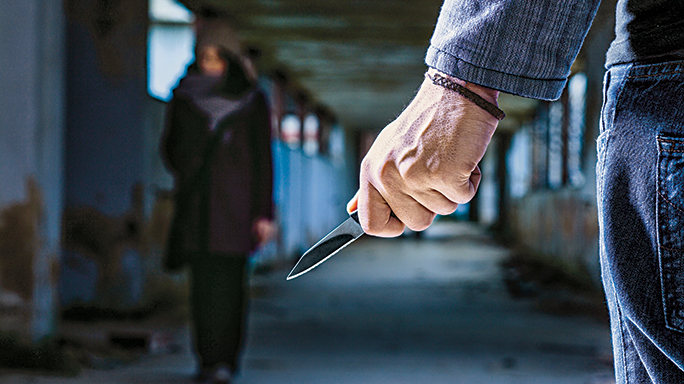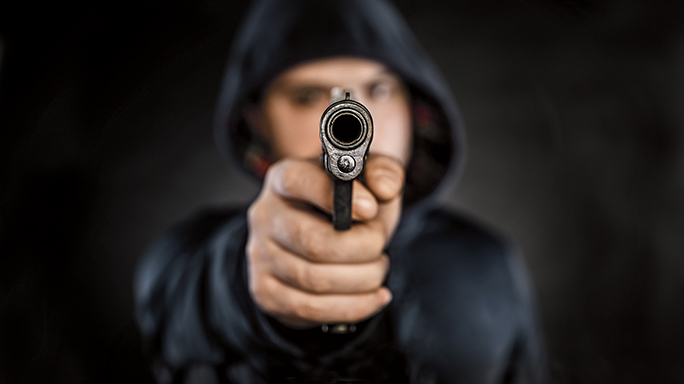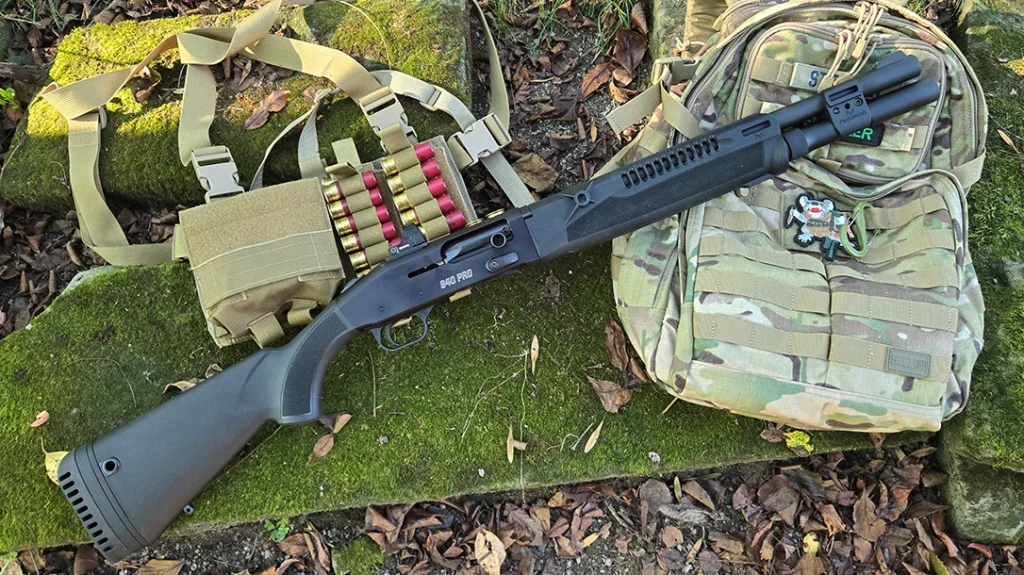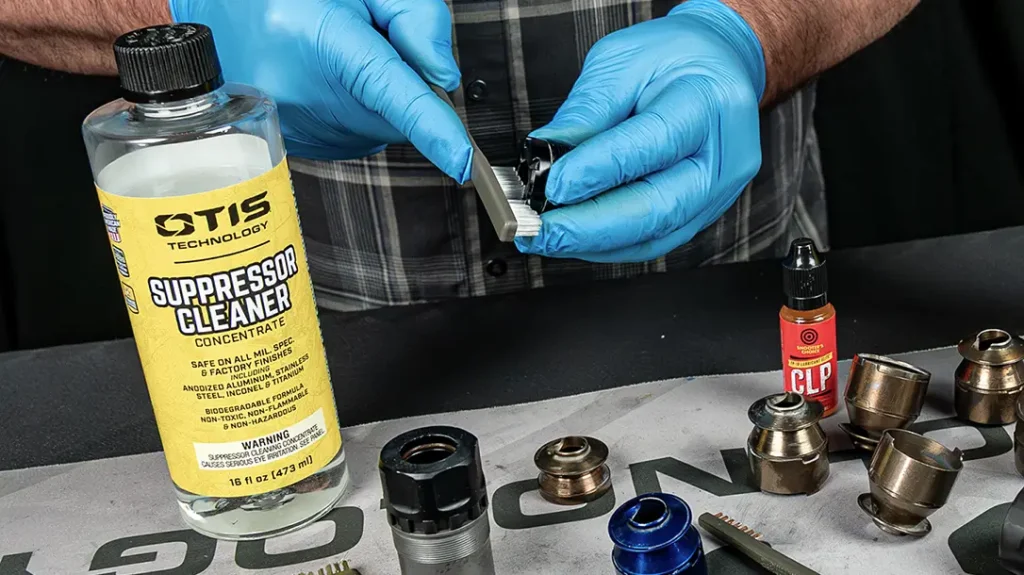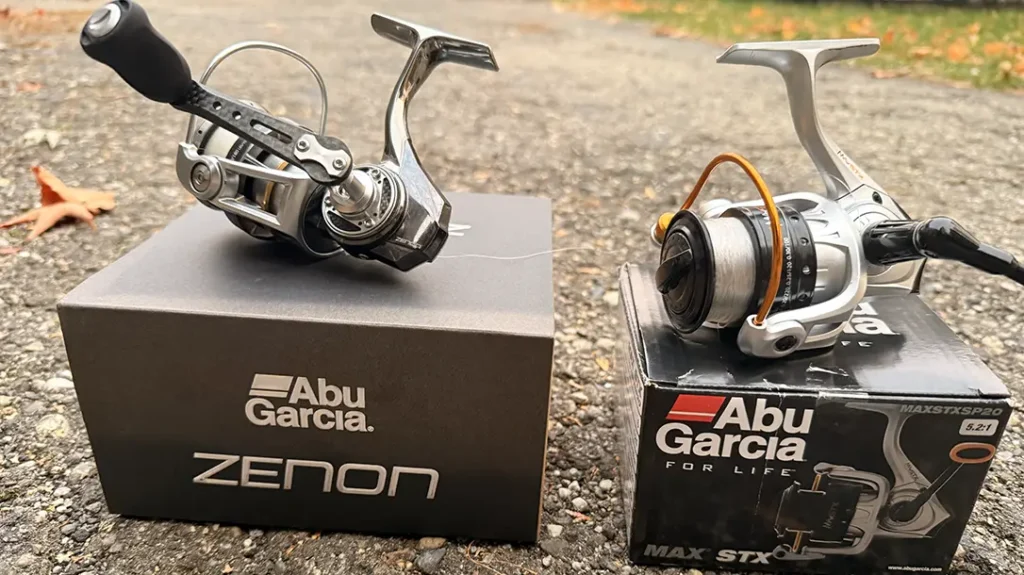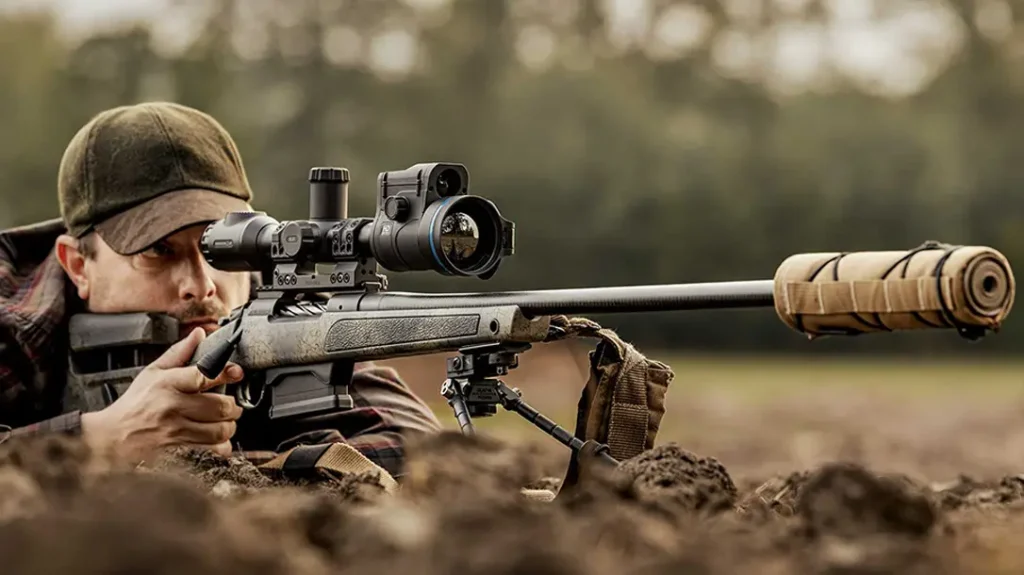The International Law Enforcement Educators and Trainers Association (ILEETA) was founded 13 years ago by the great police instructor Ed Nowicki, himself a survivor and winner of half a dozen on- and off-duty shootouts. Ed was with us at this year’s conference, looking great after a bout of bad health, and proud to see that his brainchild has become the largest annual gathering of police trainers in the world.
- RELATED STORY: 10 Ways to Avoid Potentially Fatal LEO Mistakes
One theme that ran through the many presentations and discussion panels was the ambush murder of police officers. In his first presentation on this topic, legendary Illinois instructor Dick Fairburn spoke of what we’ll call Case One, where a self-styled “survivalist” cop-hater ambushed two Pennsylvania state troopers at their barracks, killing one and seriously wounding another. The cop-killer was captured after a massive seven-week-long manhunt.
“It’s a rare year we don’t have an attack on a police station,” Fairburn pointed out. In another class that week, ace trainer Joe Ferrera showed surveillance video of Case Two, a “suicide by cop” attack in the lobby of his own department’s headquarters. The subject opened fire with a .380 ACP, wounding one officer before two others dropped him instantly and fatally with .357 SIG bullets from their issued Glock 31 service pistols.
Advertisement — Continue Reading Below
What are the lessons here? Even your own department’s headquarters is not a safe haven. Be constantly alert, inside the station and in the parking lot. Do not be an “Andy of Mayberry” with your gun locked in your drawer when you are in the office.
Surprise Attacks
The recent controversial and often misreported police use-of-force situations have driven some suspects to attack police. We have two cases from New York City in last year alone. In the fourth quarter of 2014, a “lone jihadist” attacked a group of rookie NYPD officers with a hatchet, injuring one severely before a hail of 124-grain +P bullets from brother officers’ 9mm service pistols dropped the perpetrator of Case Three dead on that sidewalk in Queens. A couple of months later, a man claiming to be outraged over black men who died in police confrontations walked up to an NYPD patrol car and opened fire with a 9mm, fatally shooting both officers inside before either could even reach for their guns. Case Four ended shortly thereafter, when the cowardly cop-killer shot himself to death.
Advertisement — Continue Reading Below
There are a few lessons to learn here. Fairburn suggests that the traditional “driver’s door to driver’s door” position of two patrol officers talking gives them an excellent combined field of view that helps prevent deadly surprises while parked in their vehicles. When two officers are standing and talking to each other on the street, an “L” position gives the two a very wide combined field of view. Former NYPD Officer Phil Messina, who now operates the Modern Warrior Dojo in Lindenhurst, New York, was inspired by this atrocity to offer a new course in drawing the service weapon from difficult positions. He found some officers were taking six seconds to draw their pistols from their NYPD security holsters when seat-belted in the front of a patrol car; his techniques are reportedly cutting that time down to two seconds.
Spree Killers
Famed instructor Don Alwes led a panel discussion on active-shooter responses, giving many examples, among them Case Five. In the summer of 2014, a lone gunman armed with a .308 rifle and a 12-gauge pump shotgun engaged RCMP officers in a string of shootings that left three of the lawmen dead and two more seriously wounded before being captured at the end of a 28-hour manhunt. Alwes reported that outgunned Mounties had to go to their station to pick up shotguns in the course of that event. Takeaways: There’s always a chance you’ll be outgunned, and patrol rifles have because standard issue for many LE agencies in the U.S. because officers may have to deal with heavily armed criminals at a moment’s notice.
Advertisement — Continue Reading Below
We heard about Case Six from another speaker, Lt. Brian Murphy of the Oak Creek, Wisconsin, Police Department. He was the first responder to arrive at the scene of the 2012 mass murder in Oak Creek’s Sikh temple, where a white supremacist had already shot nine innocent people, killing six. The sling of Murphy’s patrol rifle snagged on his onboard computer when he exited his vehicle, and he had to go with his pistol, which was shot out of his hand in the first moments of his gunfight with the killer. Without a backup gun, Murphy was unable to return fire when the gunman closed in on him, still shooting. The lieutenant was shot 15 times with 147-grain 9mm bullets. The ordeal ended when Oak Creek PD firearms instructor Sam Lenda arrived on scene and, with his AR-15, put a .223 round in the killer’s pelvic region, dropping him where he stood. The gunman’s dying act was to shoot himself.
Murphy’s raspy voice is a constant reminder of the bullet that tore apart his larynx, but despite that and other severe injuries, he fought to survive. He pointed out that his Armor Express vest saved his life from bullets that otherwise would have almost certainly been fatal, and emphasized wearing one’s armor religiously when on duty. He spoke regretfully about not having a backup gun that day, and the importance of having a rifle in a position from which it can be smoothly deployed in a fast-breaking lethal emergency.
In Alwes’ panel discussion, the importance of always being well-armed off-duty was emphasized. Panelist Manny Kapelsohn was the first to point out Case Seven, the Trolley Square Mall mass shooting in Salt Lake City. Ken Hammond, an Ogden, Utah, Police officer, was off-duty, having dinner with his wife in a mall restaurant, when he heard the shooting and told his wife to call it in as he “ran to the sound of the guns.”
Advertisement — Continue Reading Below
He was the first responder, and he stopped the killing. Spotting the gunman, who was armed with a shotgun, a .38 and a backpack full of ammunition, Hammond shot at him. The killer bunkered inside a shop, now pinned in place. Hammond fired the occasional shot, hitting close enough to keep the attacker in place, until the first responding uniformed officer joined him. This kept the killer pinned down long enough for a SWAT team to make entry. It took many M4 and MP5 bullets to kill the gunman in this final confrontation.
This case emphasizes the importance of carrying enough firepower, even off duty. Credited with saving countless lives, Hammond later urged brother and sister officers to carry ample ammunition off-duty. He had been wearing only a single-stack Kimber subcompact .45, with no spare ammo, and he had downloaded his already-short magazine by one round for less spring tension.
Two Tales, One City
Advertisement — Continue Reading Below
Another of Alwes’ panelists contrasted two cases in the same city, three months apart, that had markedly different outcomes. Both went down in Aurora, Colorado, in 2012. In Case Eight, a vicious killer who was on trial at the time of the 2015 ILEETA convention had walked into an Aurora theater with an AR-15, a shotgun and a pistol, and opened fire. He shot 82 people, a dozen of them fatally. When he left the scene, the mass murderer surrendered meekly to the first armed police officer who confronted him. The investigation revealed that he had meticulously planned the atrocity for months. Researcher John Lott would later point out that, if he wanted to set a hideous record for murder, there was a larger theater with more potential victims not far away, and yet more theaters closer to where he lived, but the one he chose was the only one whose management had declared it a “gun-free zone” where none of the victims would be able to shoot back once he opened fire.
By contrast, Case Nine had happened in the same city about three months prior. A man, apparently motivated by religion-based hatred, had shown up at a local church and opened fire, killing the pastor’s mother. There were 30 more helpless victims within range, but the murderer was stopped when an off-duty police officer in the congregation responded to the first gunfire by drawing his own concealed handgun. He shot and killed the perpetrator, saving countless lives.
There were many more lifesaving lessons taught to the more than 700 attendees at the 2015 ILEETA conference, but this column has reached the end of its allotted space. If you teach any discipline to law enforcement, you are eligible to join ILEETA and attend its state-of-the-art seminars. For more information, visit ileeta.org.
Advertisement — Continue Reading Below
